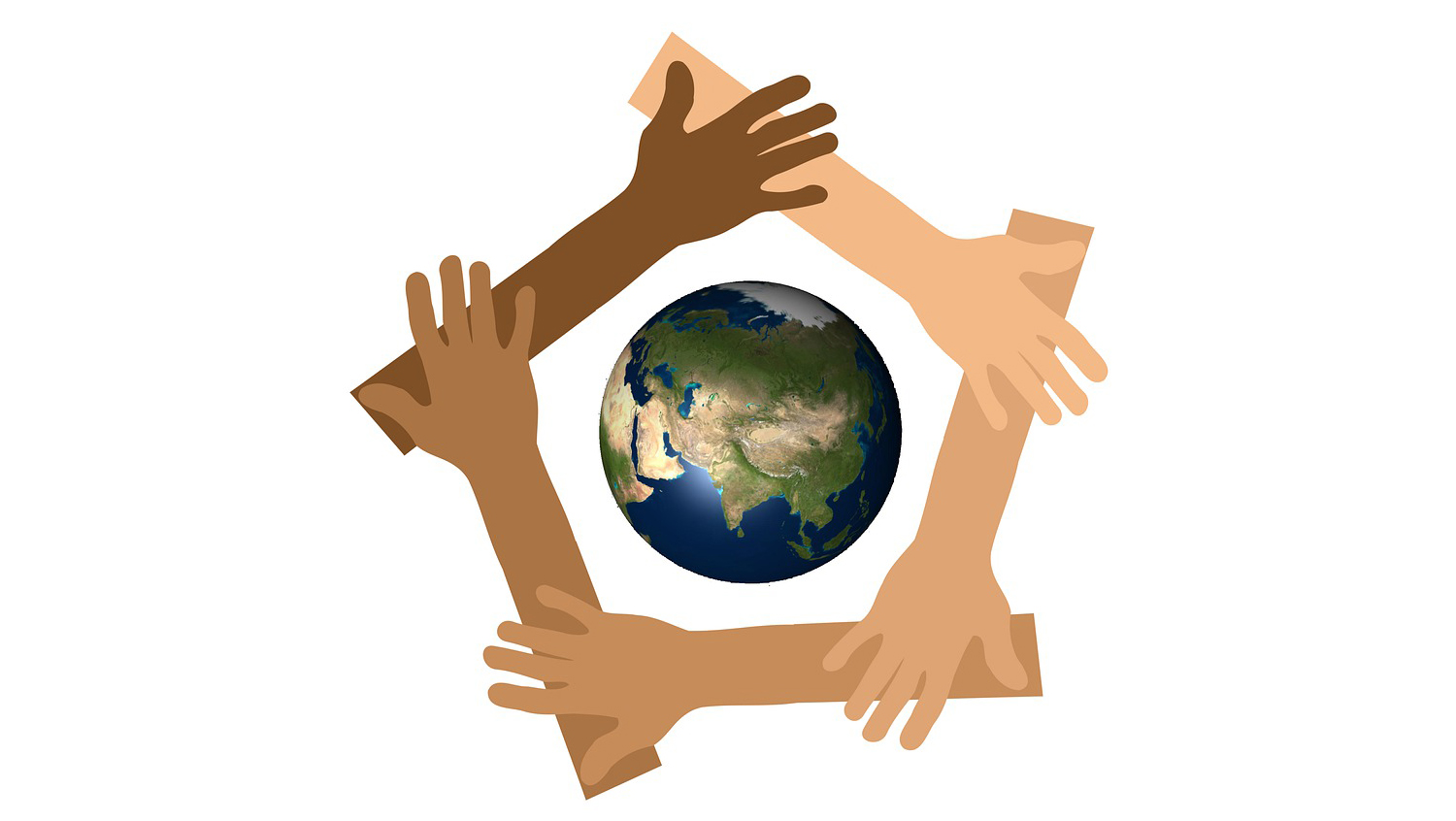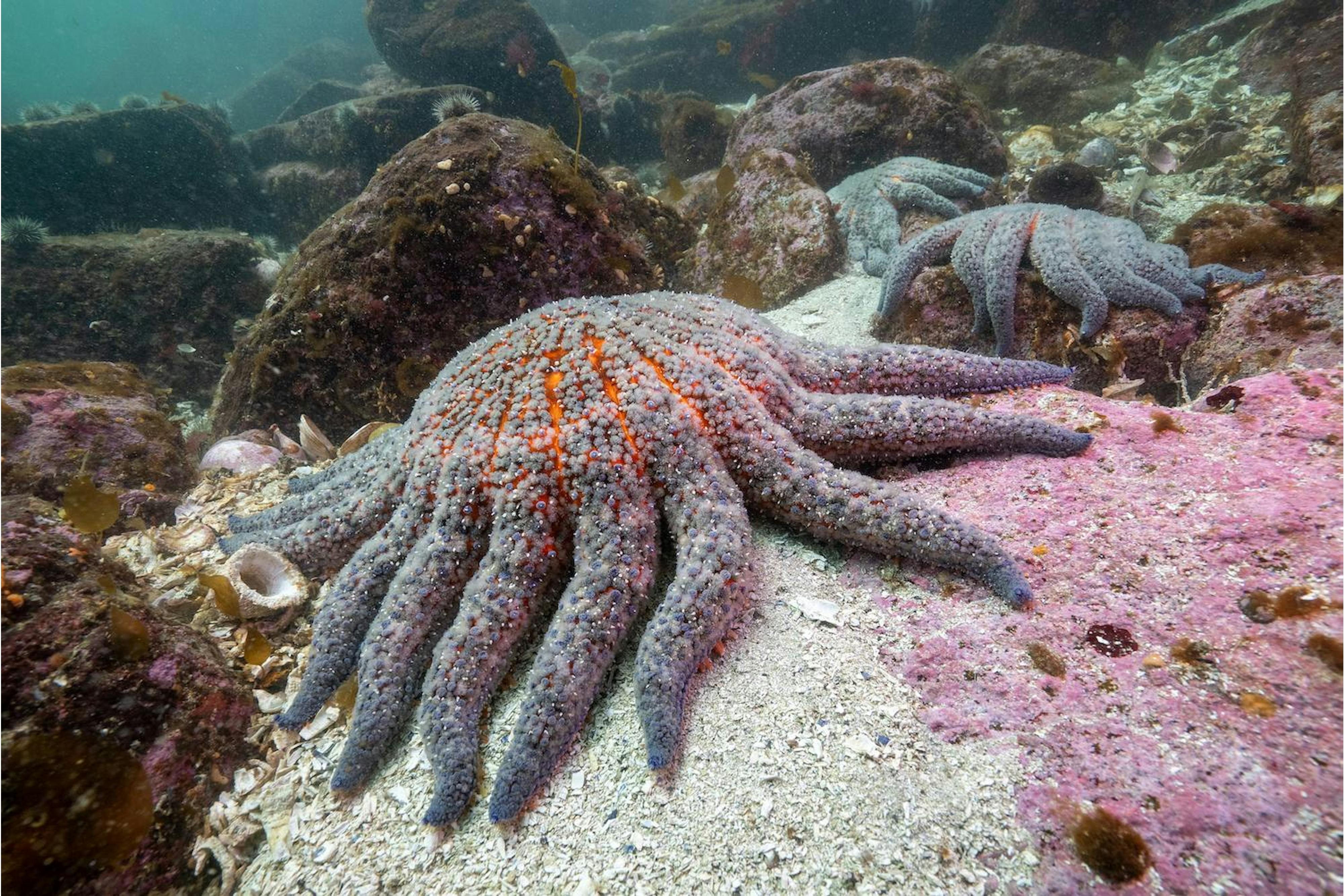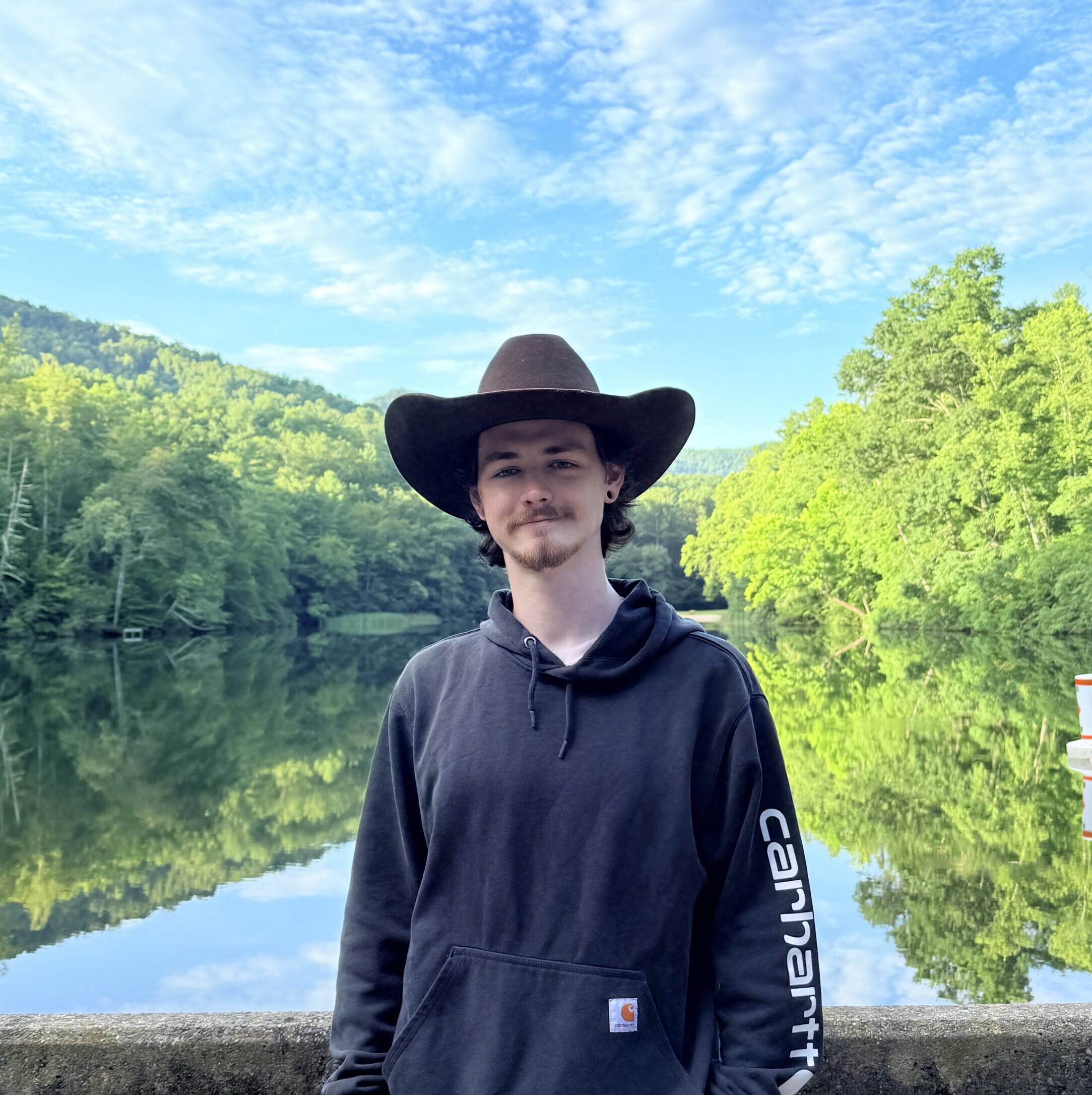4 places where racism, climate change & environmental justice collided
Often times when we consider sentiments of racism, the first things that come to mind are slurs, interpersonal discrimination, or support for certain political ideals or candidates, but often forgotten in racism within the fight for environmental justice. Black/brown and low income communities are disproportionately affected by the destruction of natural resources such as water and water, poor infrastructure, and lack of preparedness for natural disasters. Not only that, but more often than not the awareness for these issues is lacking because so you don’t see much quantitative research done of the affects of decisions made that influence communities of color. These four places and events illustrate how environmental racism has become the rule — not the exception — for minorities everywhere.
New Orleans and Hurricane Katrina
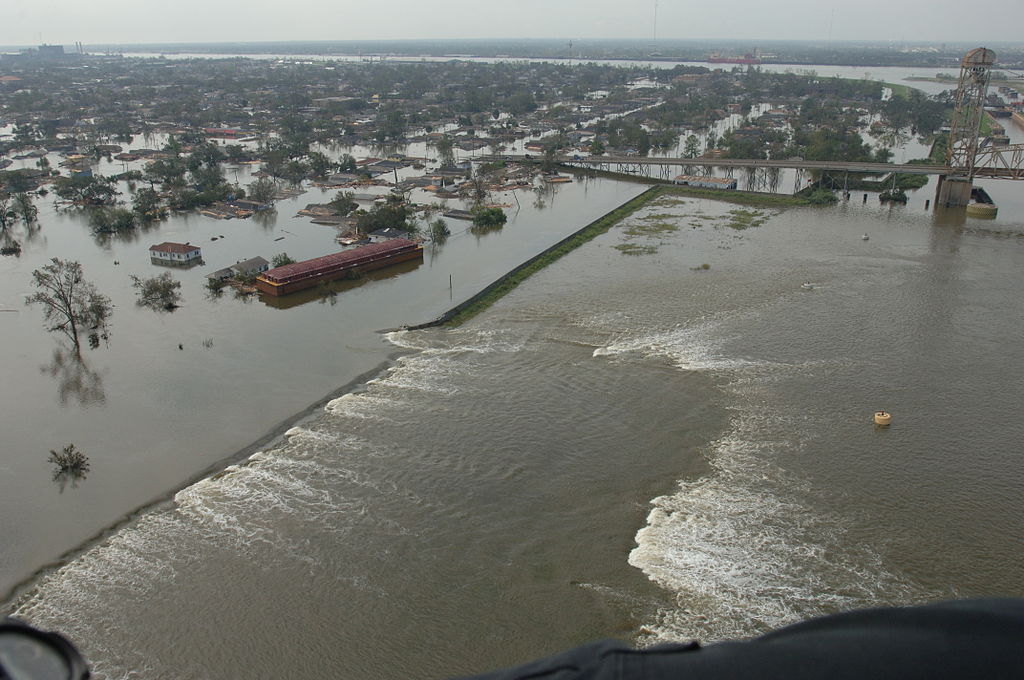
In August 2005, Hurricane Katrina slammed into Mississippi, Louisiana, Alabama, Florida, and Texas and ushered in one of the worst natural disasters of this generation. Nearly 2,000 people lost their lives, 800,000 lost their homes, and ultimately cost the Gulf Coast region $161,000,000 in damage. In 2005, New Orleans was over 60% Black and of the entire population around 20% lived below the poverty line. Because of the high poverty levels in New Orleans, the taxes which would have been used for the upkeep of infrastructure in the city were lacking.
And even though a mandatory evacuation was ordered by then-New Orleans mayor Ray Nagins, a lot of these people did not have vehicles or money to evacuate and more importantly they did not have anywhere to go.
Many possessed personal transportation, but the availability of cash for gas to evacuate at the end of the month before payday was a constraint (the hurricane struck on Aug. 29). Cash on hand for incidentals was also noted as a reason for not evacuating: “The hurricane came at the wrong time. We were waiting for our pay-day,” “No money for gas,” and “Money was hard to come by at the time.”
A particularly interest aspect of living in the South is the close-knit nature of families, therefore most of these people lived in the same neighborhoods — and even homes — as their entire families for generations, which can be traced back to sentiments of family established in the enslavement period of African-American history.
New Orleans was hit particularly hard by Hurricane Katrina, not because they received the brunt force of the storm, but because the levee system failed and ultimately swallowed over half of the city, which already sat below sea level. New Orleans natives and those from the surrounding area will tell you the urban legend that the levees were intentionally broken in an effort to save upper echelon areas of the city and in turn sacrifice the almost exclusively Black and poverty-stricken areas of the city, such as the 9th Ward. The Army Corp of Engineers’-constructed levees were made to handle must stronger winds and higher levels of water than Katrina brought to the city, so even if this myth was to be debunked, the federal government is ultimately responsible for lives lost by the levee failures and flooding because there is no reason the levees should have failed on such a large scale.
The post-storm era was chaotic to say the least. It took the federal and state government days to respond to rescue, food, water, and shelter needs of the citizens of New Orleans. This catastrophe of a response was and still exists as the defining point of George W. Bush’s presidency — even more so than 9/11.
Johannesburg, South Africa, mining communities
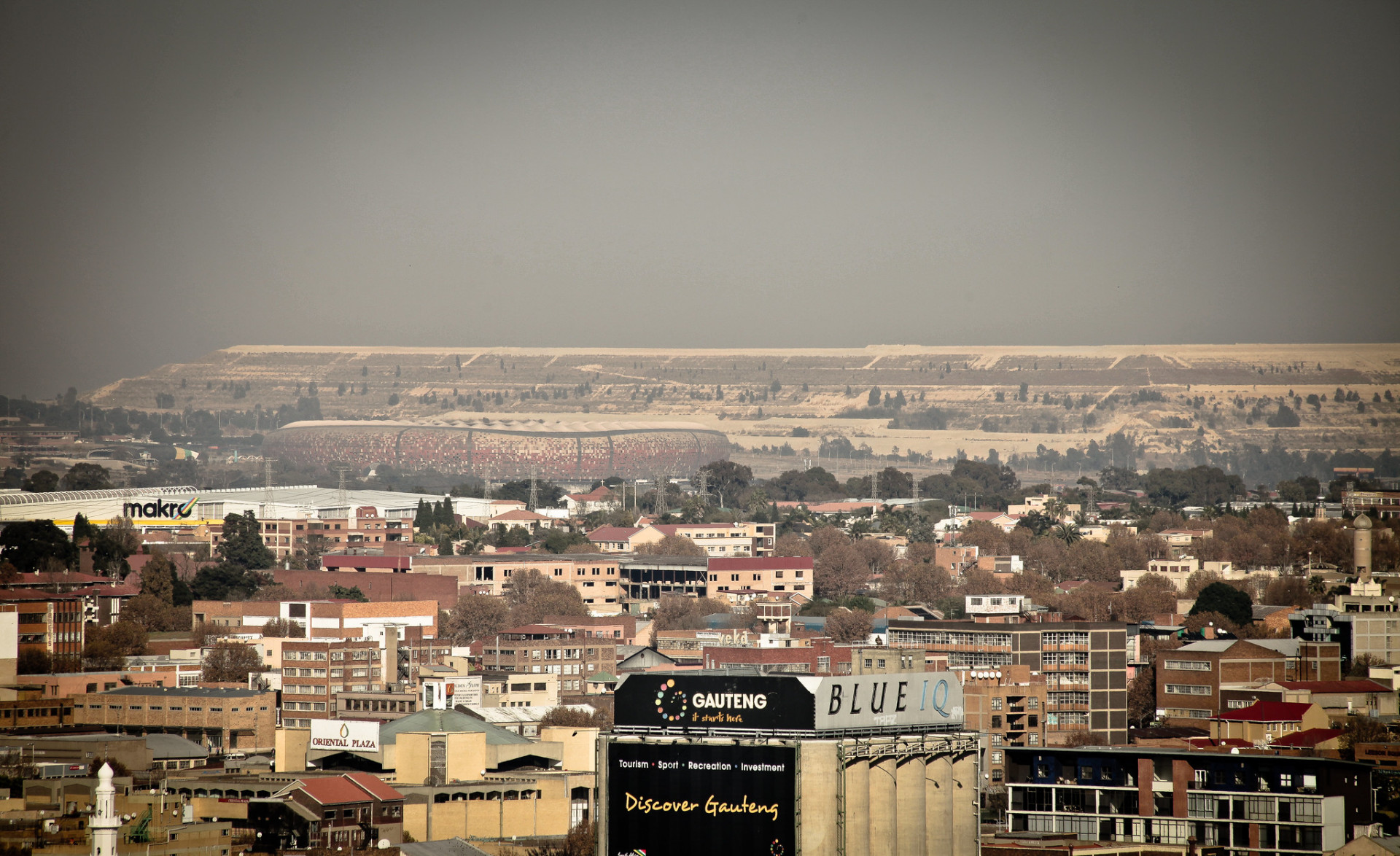
Johannesburg, South Africa’s entire economy centers around mining anything from coal, platinum, gold, and diamonds, asbestos, iron ore, chrome, copper, emerald, fluorspar, ilmenite, lead, manganese, nickel, phosphate, silica, tin, vanadium, uranium, zinc, and zircon. Often times, when the balancing scale of economic growth and human rights becomes a challenge, economic growth disproportionately wins the battles especially when concerning those who lack the power or resources to fight against such mistreatment. This coupled with the strongly racists history of South Africa equates to a very dangerous and seemingly helpless situation for Black South Africans.
Apartheid directly translates to “apartness.” It was a system of government that established segregation as the law of the land. It mandated that nonwhite South Africans which made up a majority of the population would be forced to live and use separate facilities than whites limiting contact between the groups. These policies remained in effect for nearly 50 years. In both theory and practice, it does not differ much from Jim Crow and “separate but equal” laws in America. The remnants of this era can stills be identified within almost every aspect of life in South Africa. Bobby Peek is a prominent environmentalist in South Africa. He spoke on the fact that the apartheid-like pattern of placing dangerous industries such as mining adjacent to Black and immigrant communities is still very much at play.
“Whether it’s South Durban or on the Cape, hazardous sites are always near Black and colored communities,” Peek says. “It’s South Africa’s historical blue print.”
Although very few formal studies exist on the qualitative health affects that proximity to such industries have on South Africans mostly because of the lack of an official health care system in the poorest communities, countless interviews and recollections of the inhumane conditions these people face have been recorded.
Gold mining in particular is a very large, profitable industry in South Africa, but a byproduct of this is uranium which is extremely toxic to humans. There’s no need for this uranium so more often than not the miners so it is simply dumped and because properly disposal can be costly, its usually just buried which was poisoned the ground water supply of Johannesburg. Not only is the air and water affected, the food supply is in danger because the same way breathing in these chemicals is dangerous to humans, it is just was harmful for livestock and crops in these
Although functioning mines have the most severe affect on the day to day lives of citizens, abandoned mines cause just as much stress and strife. More than 600 of these abandoned mines surround Johannesburg, South Africa. They simply exists as mountains of dust right next to residential areas so that once the wind blows, the dust blows into these communities to be breathed in by the residents causing tuberculosis, asthma, rashes, and skin diseases because it contains trace amounts of copper, lead, cyanide, and arsenic. All of these chemicals are toxic when breathed in over a long period of time and can cause much more permanent damage. communities.
Turkey Creek Community in Gulfport, Mississippi
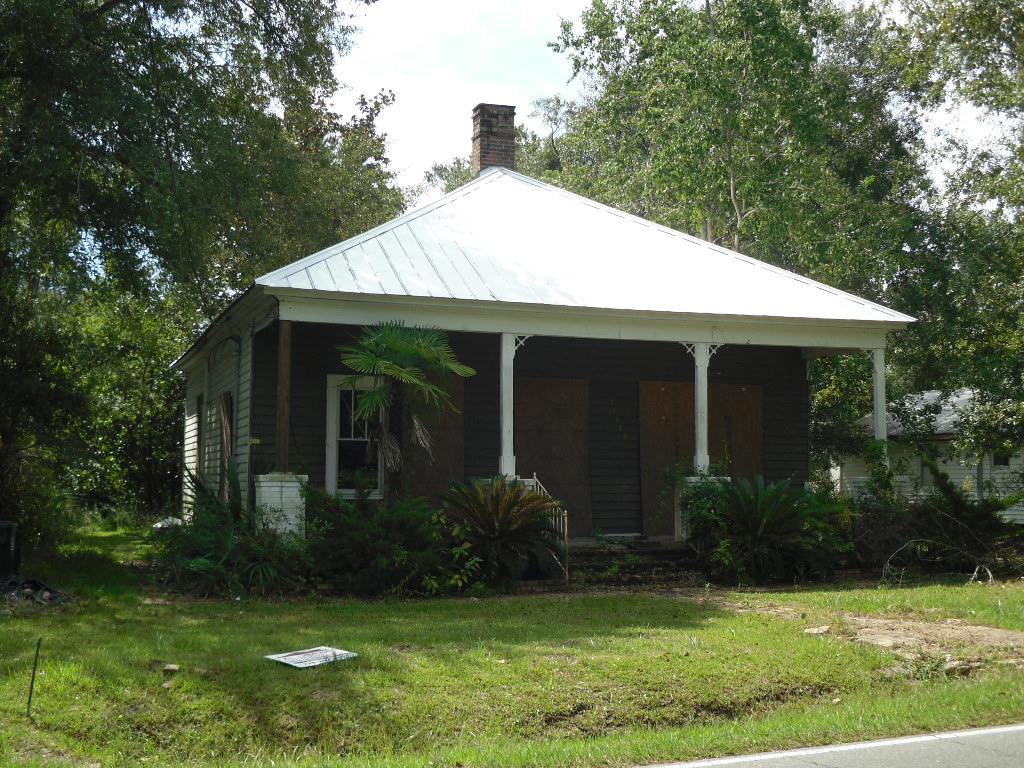
The Turkey Creek Community was founded in 1866 when land previously owned by the Arkansas Lumber Company was settled on by newly freed slaves. Among them was Joshua (Pluck) White who is my great great great great grandfather. They purchased 320 acres of wetlands — bottomland, coastal lowland maritime forests, freshwater marsh, scrub shrub and flood plains — featuring a diverse array of trees and plants and wild and marine life. It was inhabited by flocks of wild turkeys and thus become known as Turkey Creek.
In 1906, 12 of the original 320 acres of land was sold to the Gulf Coast Creosote Company for the establishment of a creosote plant. Creosote is a chemical used in wood creosote, coal tar creosote, coal tar, coal tar pitch, and coal tar pitch volatiles. It is made of polycyclic aromatic hydrocarbons phenol with creosols which is created by burning wood coals and added to the resin of the creosote bush. This chemical is carcinogenic to humans (meaning that is causes cancer).
The stipulation to opening this plant was that they would have to hire men from the community to work in the factory which in theory was an amazing opportunity for these men to support their families. In reality, these men worked 6 days a week sometimes 10+ hour days in these plants for $0.25 – $0.40 a week. Not only where these men exposed to an obscene amount of this chemical because they weren’t given the proper protective gear nor knowledge about the affects of the chemical they were handling, the proximity to the homes these men lived in was dangerously close. They worked in this plant all day inhaling these cancerous causing chemicals then went home to their families and carried that poison into their home where their children slept all unbeknownst to them.
I can actually see the site of the plant from my home which is, they breathed it in, they touched it, its soaked into their clothes which they wore home and hugged their children in. The plant sat right on the creek which many people in the community fished in to feed their family’s was walking distance from the residential neighborhood most of these men lived and where I grew up. The area where the plant was is visibly destroyed. Acknowledging the central theme of a lack of awareness, many people who live in the city of Gulfport, Mississippi, are unaware of the historical significance of the Turkey Creek community or the way these people were brutalized in the name of economic development.
Flint water crisis in Flint, Michigan
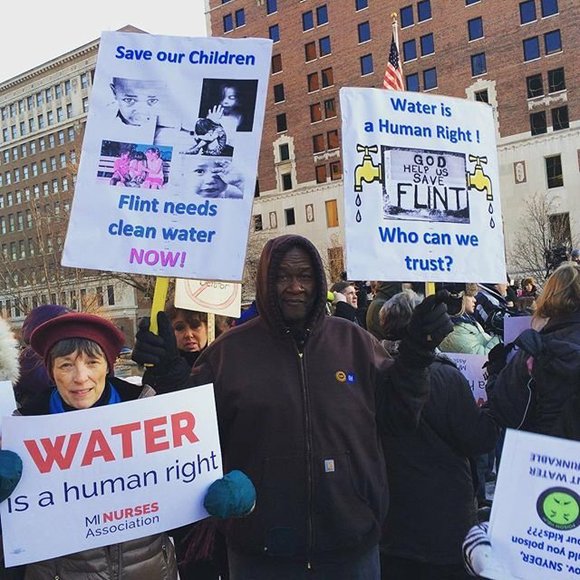
In 2011, in the midst of the Great Recession, Flint, Michigan, was the second poorest city in America, with more than 40% of its citizens living below the federal poverty line. After the collapse of car industry, thousands of people lost their jobs and could no longer contribute to the cities economy thus causing an unrelenting spell of stagnance. Because of the disastrous economic state of the city, an emergency city manager was appointed by the governor to try to effectively cut cost and revive the city from turmoil. For five decades prior, the city’s water came from Detroit, but in an attempt to save money, in 2014 the decision was made to change th city’s main water supply from Lake Huron to the Flint River.
It is most important to note that for more than a century, the Flint River was used as a dump site for industries including car factories, meatpacking plants, lumber and paper mills, raw sewage from the city, agricultural run off, and landfills. The river is even rumored to have caught on fire — yes, a river. This was not a secret because the city actively contributed to the pollution of the river, but because this was an understood fact it would be assumed the city would take the proper steps to clean this water before sending it through the pipes and into the homes of millions of people, but that was not the case.
Because the water was so corrosive, it caused lead to leach from the old pipes in the city which created an entirely new issue; not only was the water contaminated, it now reeked of lead which is extremely dangerous for children and pregnant women. This situation began in 2011 and Flint, Michigan, has not had clean, reliable drinking water in over 2,000 days.
It’s important to understand that the city of Flint is 57% Black, 37% white, with 6% other races and that is the only reason such atrocities were allowed to occur. As a report from the Michigan Civil Rights Commission, released in 2017, and according to The Associated Press, said: “Would the Flint water crisis have been allowed to happen in Birmingham, Ann Arbor, or East Grand Rapids? We believe the answer is no, and that the vestiges of segregation and discrimination found in Flint made it a unique target. The lack of political clout left the residents with nowhere to turn, no way to have their voices heard.”
—
Sources:
Karoub, Jeff. “Commission: ‘Systemic Racism’ at Root of Flint Water Crisis.” AP NEWS. Associated Press, February 17, 2017. https://apnews.com/article/df42de2ec4424193866467a2981ccb51.
Knight, Dannielle. “Environment-South Africa: Environmental Racism, a Lingering Legacy of Apartheid,” April 3, 2001. http://www.ipsnews.net/2001/04/environment-south-africa-environmental-racism-a-lingering-legacy-of-apartheid/.
Bobbins, Guy Trangos & Kerry. “Gold Mining Exploits and the Legacies of Johannesburg’s Mining Landscapes.” Scenario Journal, June 22, 2017. https://scenariojournal.com/article/gold-mining-exploits/.
Elder, Keith et al. “African Americans’ decisions not to evacuate New Orleans before Hurricane Katrina: a qualitative study.” American journal of public health vol. 97 Suppl 1,Suppl 1 (2007): S124-9. doi:10.2105/AJPH.2006.100867
















